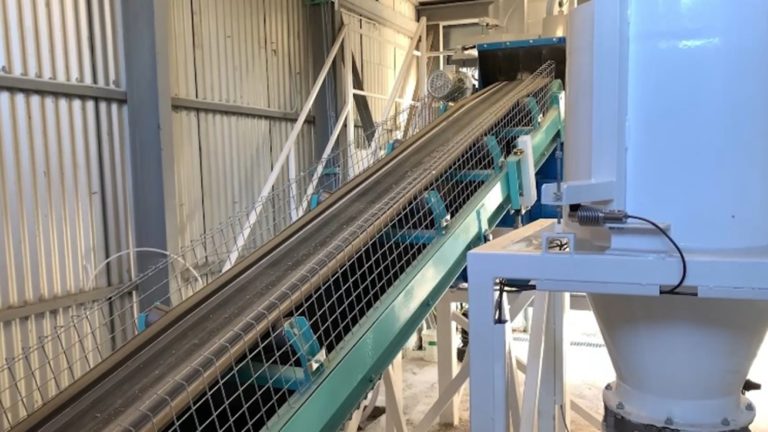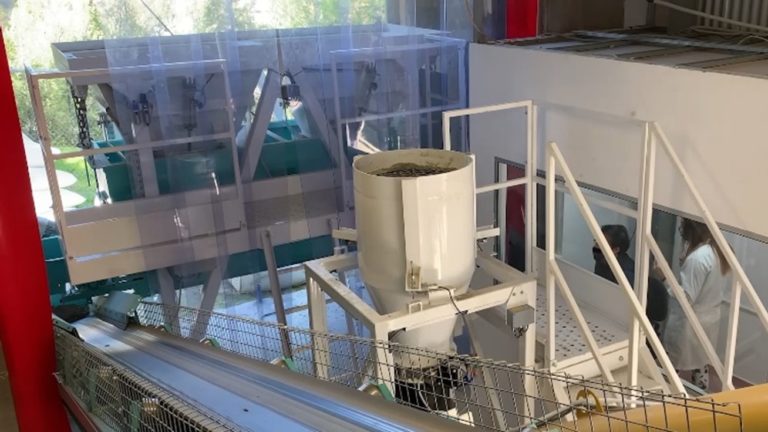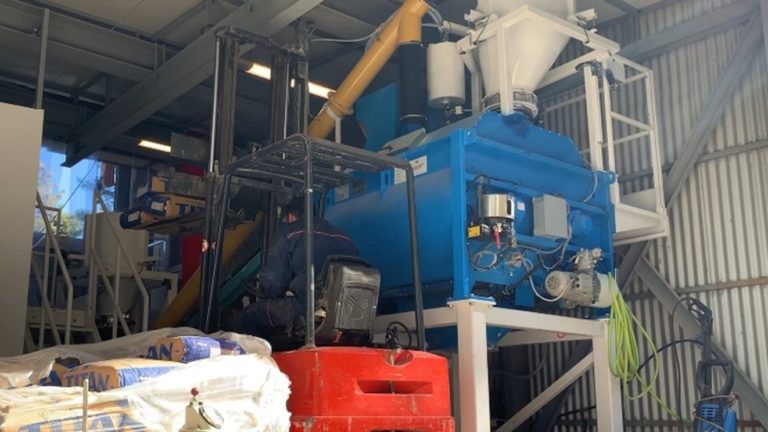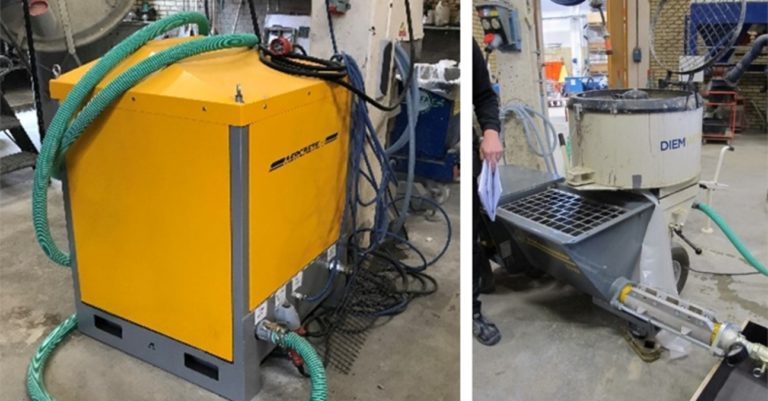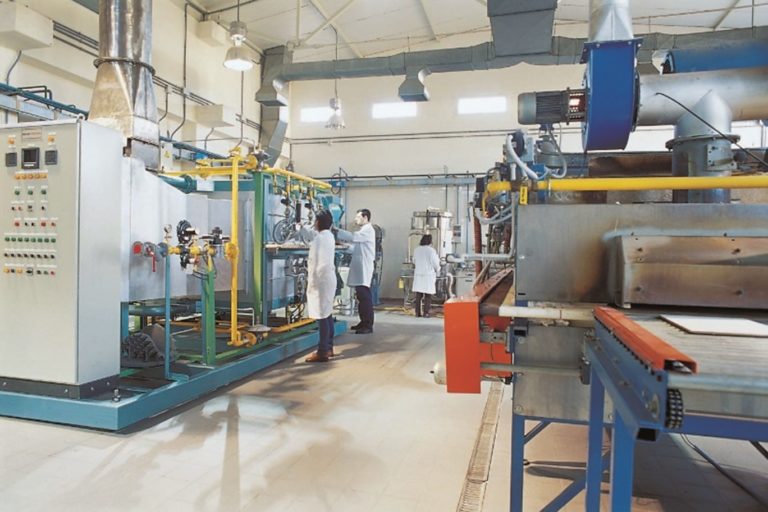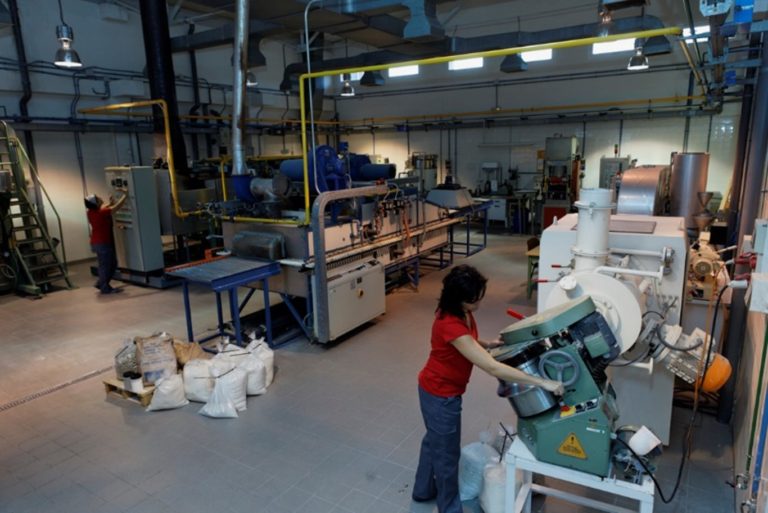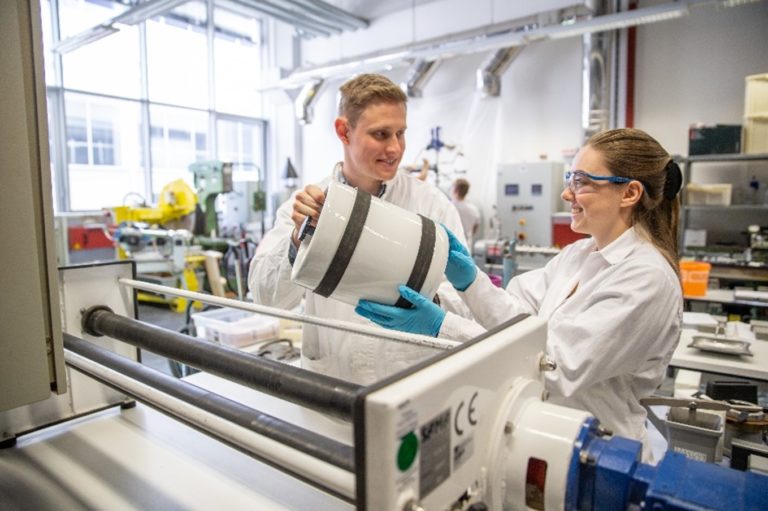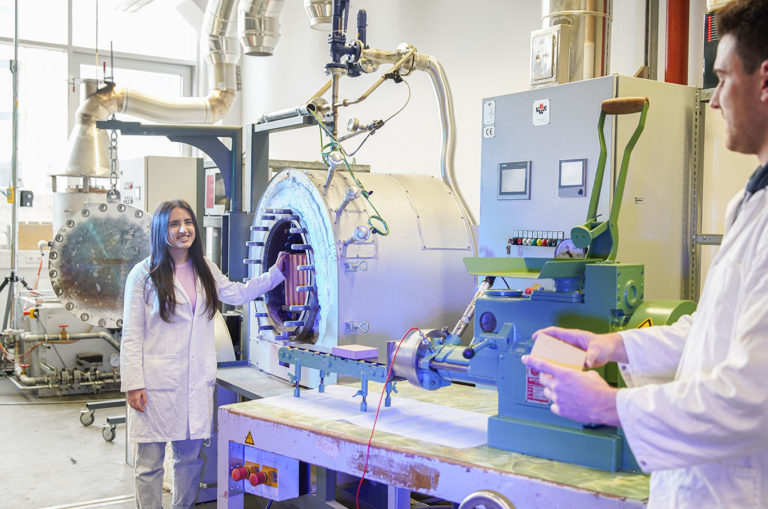
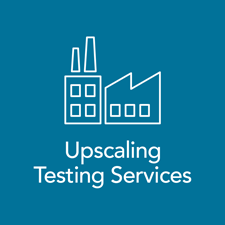
Upscaling/Testing Services
- Assess the upscaling potential of the product: not all successful lab-scale products and processes are easily reproducible in industrial scale
- Identify possible problems related to the scale effect
- Finetune both the material formulation and synthesis process for the production of larger quantities
- Concrete
- Traditional Ceramics
- Advanced Ceramics
For all three thematic areas, Lightcoce pilot scale facilities address the upscaling / testing needs not only of conventional materials but also of materials with special requirements, such as the lightweight feature or additional nano-enabled functionalities.
Lightcoce pilot scale facilities are located in five European Countries (Greece, Spain, Germany, Sweden, Poland) and are operated by well- known and prestigious Research Centers, Universities and Organizations (NTUA, RISE, THN, INOP, ITC-AICE).
LightCoce aspires to provide to its users “lab scale accuracy in a pilot scale”. This means that all upscaling services are supported by advanced monitoring and control systems, allowing not only a very firm control over the various parameters that affect the processes but also the detailed collection of measurements, in a way similar to what is happening in a lab. The advanced infrastructure of Lightcoce pilot scale facilities in conjunction to the highly qualified experts guarantee a superior level of upscaling services.
But LightCoce pilot scale facilities offer much more than just upscaling. They can support:
- The transformation of ideas into materials and elements
- The design of novel materials and elements
- The preliminary basic assessment of the material properties produced during the pilot trials
Location: National Technical University of Athens (NTUA), Athens, Greece
The pilot scale facility is mainly focused on the development, upscaling and production of concrete products and elements for buildings and structures.
- Small scale concrete pilot for quantities up to 40L/batch: This pilot facility can meet smaller upscaling needs and can also be useful as a preliminary upscaling assessment. The pilot includes units such as raw material storage, mixing, moulding and curing. Typical moulds for material testing range from 5x5x5 cm to 40x40x20 cm and even 30x15x240 cm. Nevertheless, if a client requires the production of a sample of a different size, it is also possible to obtain a customized mould.
- Large scale pilot for quantities up to 500L/batch: This pilot facility can meet the requirement to “simulate” an industrial operation for the production of concrete or the production of large-scale specimens. The production capacity of this specific pilot can reach up to 1.5 m3/day. The storage, supply (transportation/weighting) and mixing stages are fully automated and controlled, while the moulding stage is performed manually.
- Maximum continuous working temperature: 1200 °C.
- Productivity: up to 500 L/h.
Infrared (IR) furnace:
- Maximum working temperature: 700 °C.
- Productivity: up to 300 L/h.
Location: Research Institutes of Sweden (RISE), Borås, Sweden
The pilot scale facility focuses on the design, development and optimization of materials, elements and pilot production of cellular lightweight concretes and/or lightweight composite elements including Ultra-high-performance concretes, concretes with construction demolition waste and concretes with a lower environmental impact. The industrial process at RISE pilot scale facility has three (3) main stages: materials, elements and pilot production that can be independent or combined.
- Materials. This stage involves material design and development, optimization and sustainability analysis including Life Cycle Analysis (LCA), Circularity, etc. When the addition of nanoparticles is required, the dispersion design, production, solvent selection and substitution and the dispersion stability can be addressed. This stage ends with the characterization of the material properties: chemical, mechanical, thermal, sound and fire performance can be performed at the facility. Key figures of this stage are: concrete production with several mixers with different capacities (250 L, 90 L, 40 L and 10 L) with a productivity of 250 liter per hour, several curing chambers with different temperature & humidity conditions, capacity for chemical analyses (SEM, XRD, Micro XRF, etc.), static, dynamic and fatigue testing with several testing capacities from 2kN to 5000 kN.
- Elements. This stage involves element design and development, optimization and sustainability analysis including Life Cycle Analysis, Circularity, etc. Capacity for element assembly composed of multiple materials (cellular lightweight concrete, ultra-high-performance concrete, reinforcing steel and/or fibers) with different functionalities. This stage ends with characterization in real-scenario scale including mechanical (static, dynamic, fatigue, impact, wind loads), environmental (thermal, sound insulation, absorption and reflection, vibrations) and fire performance. The facility has strong floor systems and flexible loading rigs for static & dynamic testing of larger components and systems. It has also capacity for testing fire behaviour & properties at high temperatures for big elements.
- Pilot production. This stage incorporates the material and element stage to the production requirement needs together with optimization and sustainability analysis for industrial production. Following this the pilot production process can reproduce the implementation in a regular industrial production plant. Pilot production stage will end with characterization of the pilot end-product. Finally, the process can end through certification and, if possible and needed, standardization of any of the procedures developed at the material, element or pilot production level.
- Quality assurance
- Certification/Standardization
Location: Instituto de Tecnología Cerámica (ITC), Universitat Jaume I (UJI), Castelló, Spain
The pilot scale facility is mainly focused on the development, upscaling and production of ceramic tiles by pressing. The facility is divided in following three sections:
- Preparation of the body composition. This section starts with the dry crushing and grinding of the raw materials using jaw crushers and cross beater mills. After proportioning, the Alsing type ball mill that works in batch mode (50 kg solid/batch) is used to obtain aqueous suspensions that are subsequently dried in a spray-drier to produce spherical granules suitable for the pressing. An infrared sensor is used to monitor the moisture content of the granules. The spray-drier is the key device of this section as it can reproduce the industrial drying process with a production rate of 25 kg/h.
- Engobe and glaze preparation. Pre-ground raw materials (frit, ball clay, kaolin, feldspar, quartz, etc.) are used to prepare the engobe and glaze suspensions (d90 < 40 µm) by wet milling in the Alsing ball mill with alumina as grinding media. The production rate is 20 kg/h.
- Tile manufacturing. Tile shaping is performed with a hydraulic press with an entering-type die (maximum force of 120 tons) using the spherical granules coming from the spray-drier. The monitoring of this stage is conducted by the determination of the as-pressed tile moisture using an infrared sensor and the determination of the bulk density distribution by X-ray absorption (Densexplorer). Then the tiles are dried in an oven and coated by applying the engobe and glaze suspension onto the top tile surface in a glazing line equipped with several devices, being the most important ones: the bell-shaped, the waterfall and the Airless gun (spraying). Finally, the tiles are fired in a combustion single-deck roller kiln. This kiln consists of a single module in which the alternate forward and backward movement of the ceramic rollers keeps the tiles in continuous motion on the rollers, while the module as a whole progressively reproduces the programmed temperature curve. The maximum peak temperature is 1200 °C and the production rate is 35 tiles 15×15 cm2/ day.
The prototypes produced in the pilot scale facility are ceramic tiles, glazed or unglazed, with dimensions of 15×15 cm and a thickness ranged from 6 to 10 mm.
Location: University of applied sciences (THN), Nuremberg, Germany
The pilot scale facility is mainly dedicated to the development, upscaling and production of extruded ceramics such as lightweight bricks or ceramic pipe elements.
THN’s pilot scale facility for the production of laboratory bricks offers research and product development services in the field of extruded ceramics. The pilot line equipment covers the entire production process, from conditioning, preparation and characterization of ceramic raw materials, extrusion of green bodies, drying and firing. The facility enables the production of ceramic materials with various porosifying agents and other additives in liquid or solid form. For these purposes, numerous equipment like several climate chambers, extruders, and furnaces are available. Some key figures of the pilot scale facility are listed below:
- 2 different screw extruders available
- 1 piston extruder available
- Extrusion rate up to 120 kg/h
- Extrusion dies with an extrusion area of up to 15 x 15 cm possible.
- 3 different furnaces are available enabling the firing of up to 50 kg/day
- Firing process in oxidizing and reducing atmospheres possible
- Firing temperatures up to 1350 °C
- Defined cooling after the firing process possible
- Powder mixtures preparation. This step starts from the preparation of the required doses of raw powders in inert atmosphere (if needed) using hi-end class glovebox. The powders are mixed using 3D shaker-mixer. Then, prepared powder mixtures are ready for sintering. The production rate is up to 1 liter per 30 mins.
- Spark plasma sintering. This step starts form assembling the high-strength graphite tool setup for sintering. The powder mixture is poured into die in inert atmosphere (if needed). Then spark plasma sintering is done in vacuum or inert atmosphere. The maximum sintering temperature is 2200°C and maximum compacting force is 250 kN. The maximum size of sintered part is of 60 mm diameter and 20-25 mm thickness (depending on powder’s apparent density). The process is fast (1-60 min) and in totally dependent on applied sintering temperature. The productivity rate is 1 sintered part per cycle.
- Post-processing: This step starts from cleaning the sintered part’s surface from graphite by sandblasting and making additional steps, like heat treatment, machining etc.

